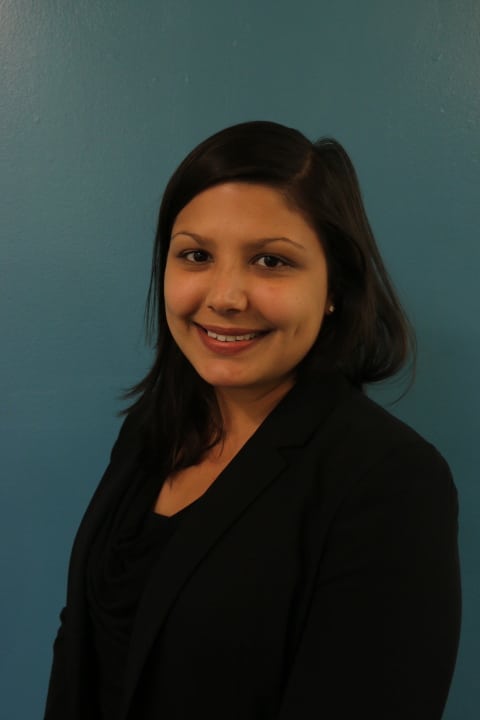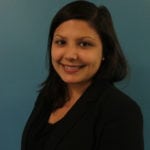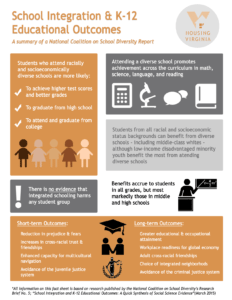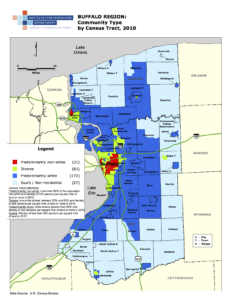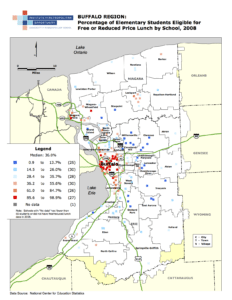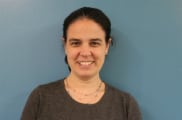Growing up in an inner-ring suburb of Buffalo, New York and attending the same school district from kindergarten through twelfth grade, I thought most schools were like mine: predominately white and working class and surrounded by several other similarly small school districts that would occasionally come together for a football game or some other sporting event or competition. Siloed in suburbia, my school reflected my community, a community that, though I didn’t realize it at the time, lacked diversity because it was all I had ever known. While only a fifteen-minute commute from my home on the expressway, it wasn’t until I went to college in the city that I learned just how isolated my community was.
School integration benefits all students academically, occupationally, and socially, yet many students experience segregated schooling today. We know that students of different racial, ethnic, and socioeconomic backgrounds experience between-district segregation, between-school, and even within-school segregation. In some places, like Buffalo, it is unlikely for students of diverse backgrounds to live within the boundaries of the same school district. In large urban areas, the school district may be diverse, but students tend to be separated into different schools. In other places, students of diverse backgrounds become tracked into different classrooms and programs within a school. Often times, a combination of these three are at play.
Students are segregated into different districts, schools, and classrooms for numerous reasons—the most common being simply where a student lives. Maps of Buffalo from the Institute on Metropolitan Opportunity at the University of Minnesota Law School provide an excellent example of how boundary lines separate communities and students. In Buffalo, there are no “predominately non-white” suburbs and only a small fraction are considered to be “diverse.” Put another way, not unlike my experience, suburbs of Buffalo are nearly all “predominately white,” with the city’s core and the City of Niagara Falls “predominately non-white” and“diverse.”
Moreover, the racial segregation in Buffalo also mirrors the economic segregation there, whereby the largest percentages of students eligible for free or reduced priced lunch are in schools located within the boundaries of the city and Niagara Falls.With the persistent ranking as being among the top 10 most segregated cities in the country, it is not surprising that Buffalo was recently touted as also having the most segregated schools in the country. Again, schools reflect their communities—separated and isolated.
Given the often direct relationship between where a student lives and attends school, it seems intuitive to coordinate housing and education policy. Ironically, these areas are often, too, separated and siloed. However, housers and educators in Virginia are working to change that. Recognizing the need to share ideas and start a dialogue around the intersection of housing and education policy, on June 19, 2015, Housing Virginia and the Center for Urban and Regional Analysis at Virginia Commonwealth University convened a second annual Housing and Schools Symposium. The day-long conference brought together over 200 educators, housing experts, public officials, and other important stakeholders to discuss the complex and intertwined issues facing Virginia’s communities and schools.
From examining the strategies of Promise Neighborhoods, Choice Neighborhoods, and Purpose Built Communities to exploring place-based and mobility programs that allow students to move across boundaries, it was hard not to walk away from the presentations and panel discussions feeling enlightened, inspired, and excited to get to work. If we are serious about embracing diversity and promoting the success of all students, coordinating housing and education policy is a positive step in that direction.
Jenna Tomasello is a Program Associate at the American Youth Policy Forum. Contact the author at: jtomasello@aypf.org


